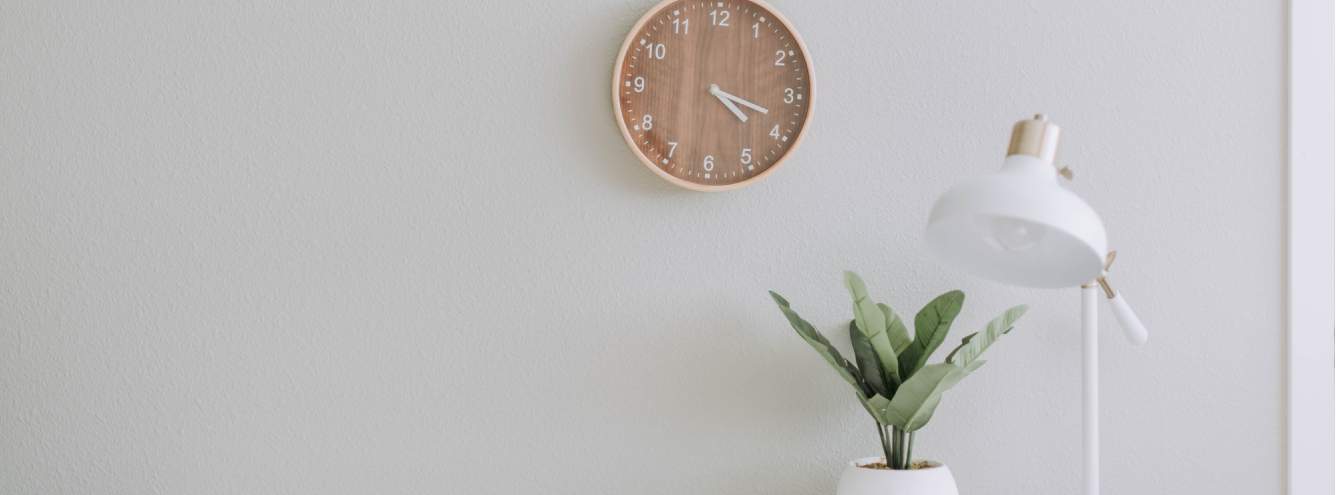Recently the increased number of UAE fire incidents has brought the topic of home insurance to the fore. Many homeowners and tenants do not consider it to be an essential product, but is this a misconception?
What types of Home Insurance are there?
Home insurance can refer to contents insurance, building insurance, or a combination of the two. Whilst it’s not the most exciting of topics, we do find that when homeowners do consider investing in home insurance, they are often pleasantly surprised that it is a relatively inexpensive product when you consider the coverage it offers. Despite the perceived value, contents insurance in particular is usually an afterthought, bought only once an individual has experienced a need for it.
What is covered?
Many assume that contents insurance is just for fire damage, but it also covers incidents such as theft and rain damage. This is especially important when you consider that AC leaks have also caused thousands of dirhams in damages in recent years. Also, with many residents leaving their homes empty for long periods of time during the summer, homeowners and tenants should ensure their belongings are protected while they are absent.
Policies cover a range of different aspects depending on where they are purchased, however basic coverage usually includes: fire damage, water damage, accidental damage and alternative accommodation in the case of an incident. Many policies also offer an optional personal belongings insurance which extends to possessions you frequently carry outside your home. Contents insurance will typically provide cover for all home items such as furniture or appliances, garden possessions within the limits of the premises, and liability for both landlords and tenants. This final consideration not only applies to accidental damage, but also protects against legal compensation should an incident be taken to court. Although fairly uncommon, one can also purchase a policy which includes a home assistance service (emergency support for household incidents such as a leak or broken window), or initial legal advice for labour and rent disputes. Always carefully read exactly what is covered in your policy before purchasing. Among others, aspects that may not be included are cash, freezer contents and business equipment. Additionally, a key consideration for UAE residents in particular is that there may be insurer limits on the length of time a property can remain unoccupied but still be policy protected.
Who should pay for home insurance?
Tenants, property owners, and landlords can all choose to insure the building or its contents. If you are the owner of an apartment unit and not a villa, building insurance is the responsibility of the managing developer of the tower or the owners' association. When it comes to tenants, a common misconception is that the landlord is responsible for fully insuring the property, but legally this only applies to insuring the building, not its contents, and only if the property is mortgaged. Therefore, if you are a tenant in either an apartment building or a villa, it is your responsibility to take out contents insurance for your own belongings.
How much does it cost?
Home insurance can cost as little as Dh200 plus VAT per year, but typically ranges from Dh600 to Dh800 for a 2-bedroom apartment with a total content value of Dh75,000. If you also wish to protect more expensive assets, such as valuable art or jewellery, then the premium will adjust proportionately. Home insurance is usually calculated with an overarching estimate of the value of the home’s contents, not with specifics. If the value of new purchases are within the original insured amount then no changes need to be made to the policy price. If, however, the new purchases exceed 10% of the original total, insurers will need to be notified and this may induce additional charges. Valuing the assets you need insured can be quite difficult. It’s important to keep in mind that the insured value of the building is the rebuilding cost, not the original purchase price or current market value. Similarly, contents and personal belongings are valued based on the current cost of replacing them, not the original price paid. In order to make a claim, it will be necessary to provide evidence of what has been damaged or lost. Hence, although the payout might be different to the original price paid, receipts or even photographs of the items should be kept in case you need to make a claim.
If you wish to explore home insurance and are unsure who best to approach, please let us know HERE and we will be happy to propose some reputable Insurance providers.
Please note that all information provided was accurate at time of publishing and may be subject to change. All prices included are an approximation and may vary significantly by provider.
